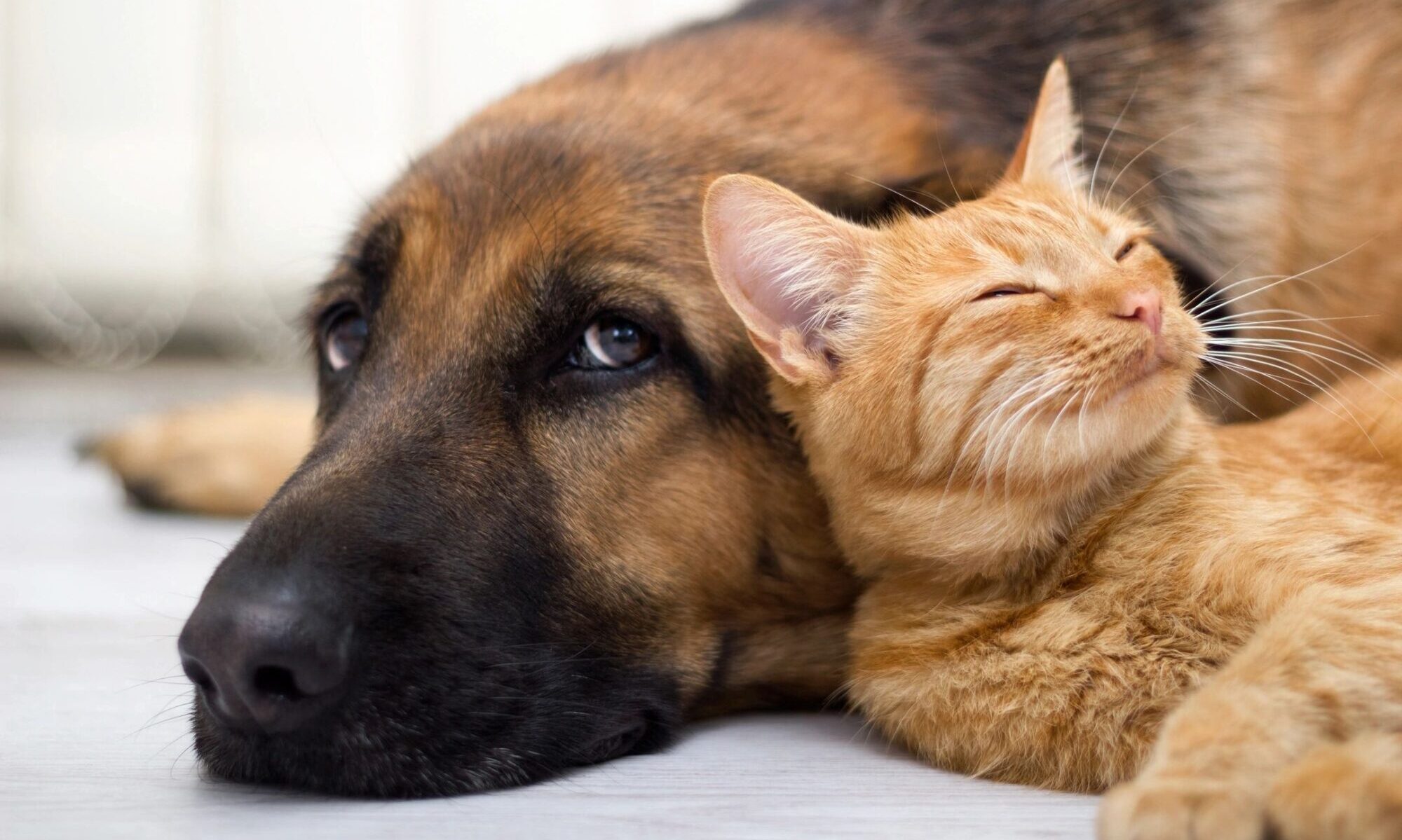The Sacroiliac joint (SIJ) can be a relatively common area of pain in sport horses and an even more common reason for poor performance.
The reason the SIJ is susceptible to injury is because of the amount of force travelling through it. Whether it is taking off for a jump, transitioning through different gaits or galloping, the risk of injury to the SIJ increases.
Two reasons your horse might have SIJ pain;
- Age related changes – such as Osteophytes and cortical buttressing which results in Osteoarthritis
- Trauma – related to high levels of loading through the joint resulting in swelling/inflammation
However diagnosing SIJ pain can be difficult because most commonly it doesn’t act alone. Literature has found 25% of SIJ pain can cause hindlimb or forelimb lameness with another 25% having age related changes elsewhere in the spine. So usually there are other factors going on contributing to the dysfunction, but its chicken and the egg with which causes which! (Frustrating I know!)
How do I know if my horse has SIJ pain?
There are many indicators to look out for, so I’ve written the most common ones;
- Behavioural changes in canter (Bucking/rearing). So canter involves a suspension phase which means there are times where all four limbs are off the ground. What this means is there’s a short period of time where one hind limb is taking all the weight – so canter usually is the most pain producing movement for them.
- Behavioural changes on the circle – so again you’re looking for bucking/rearing but also head position – is their head/neck straight or are they looking out during one rein? Are they bringing their inside hind limb underneath them or are they struggling with hoof placement?
- Not tracking up on their lame limb. This can be because as they protract their hind limb forward they have to lengthen the spine and back muscles, but if there is stiffness, tightness or pain the horse will avoid a symmetrical stride when comparing the non-lame limb and the lame limb.
- Lack of muscle bulk and apparent muscle tightness along their back is very common. Usually due to pain inhibition and gradual disuse of this muscle group they weaken gradually. Muscle tightness can also be due to splinting because of pain.
There are many more things to be looking out for but by this point you will need your Vet to review the horse where a diagnostic and management plan will be devised.
Is my horse at risk?
The most group of horses susceptible to injury to this area are Show jumpers, Dressage horses
Warmbloods and taller/heavier horses. One key aspect for prevention is cross training, ensuring you do not overjump or over train your horse is important!
How can a physiotherapist help?
Depending if the injury is new or a reoccurring injury, a physiotherapist can offer a variety of treatments.
If a period of box rest is advised by your vet, physiotherapy can provide specific stable based exercises such as isometrics, traction, weight shifts and core contractions.
If the condition is chronic an exercise programme can begin. This is a gradual approach to ensure strengthening, hind limb range of motion, core activation and pelvic motion is built but without causing irritation to the area.
What can the owner do?
The actions of the owner will depict the length and severity of the condition. Its extremely common to think behavioural changes in the horse are due to them misbehaving, but in fact most of the time its down to pain. So, its always worth reminding yourself of this and to not fall into the trap where a condition which could be treated quickly, ends up being a chronic issue.
- CROSS TRAINING, CROSS TRAINING, CROSS TRAINING! Don’t over train in the same activity. Alternate flat work, hacks in the field and cavaletti to avoid repetitive stress on the joint.
- If you notice any of the above signs you, they will need a period of rest from aggravating factors such as jumping, tight turns, circles, abrupt transitions, galloping – give them rest.
- Turn out your horse as much as possible, moving around freely will help them maintain flexibility and reduce SIJ stiffness
- Its extremely useful if the owner can keep a diary to be able to work out when to progress or regress their rehabilitation.
If you have any questions about the above information or would like to discuss a referral to physiotherapy for your horse, please contact Rochelle.
